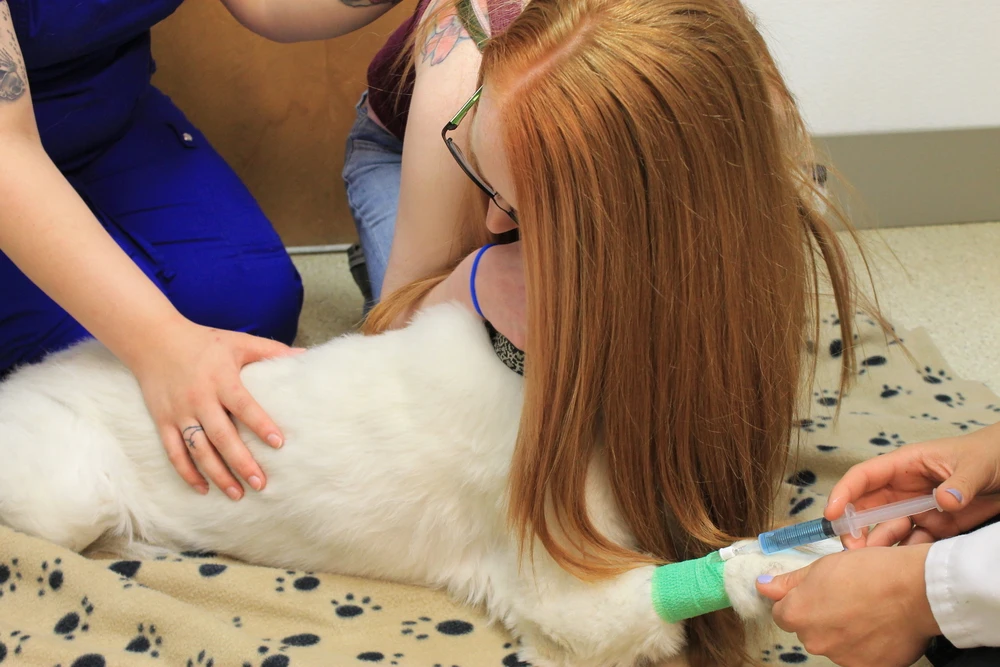Euthanasia is a deeply emotional decision for pet owners. Recognizing when a beloved pet is suffering can be challenging. Key indicators may include persistent pain, withdrawal from activities, and changes in behavior. Consulting with veterinary professionals is vital for evaluating quality of life. Understanding how to navigate this process can provide comfort. Exploring ways to ease the experience for both pets and their owners is essential. What steps can be taken to honor their legacy?
Key Takeaways
- Look for persistent pain or suffering that cannot be alleviated and significantly impacts your pet’s quality of life.
- Consider emotional changes, such as depression or hopelessness, indicating a decline in your pet’s well-being.
- Consult with veterinary professionals to gain expert advice and evaluate your pet’s condition together.
- Create a calm and familiar environment for your pet during the euthanasia process to ease their transition.
- Involve close family members for support and plan aftercare options to honor your pet’s memory.
Understanding Euthanasia: A Compassionate Choice
How can one determine the signs it’s time for euthanasia? Understanding euthanasia as a compassionate choice involves recognizing the deep emotional and ethical considerations surrounding this sensitive topic. It requires an exploration of the suffering endured by individuals facing terminal illnesses and the impact on their families. Many grapple with feelings of guilt, fear, and confusion, seeking solace in understanding the motivations behind euthanasia. It is essential to acknowledge that this decision often stems from a desire to alleviate unbearable pain and maintain dignity. Engaging in open conversations with healthcare professionals, family, and support networks can foster a sense of belonging and understanding, helping individuals navigate their emotions and choices during this challenging time.
Key Indicators: Signs It’s Time for Euthanasia
Determining the right moment for euthanasia involves recognizing specific indicators that signal a decline in quality of life. These signs can guide families and caregivers in making compassionate decisions for their loved ones.
- Persistent pain that cannot be alleviated
- Loss of interest in activities previously enjoyed
- Difficulty in performing daily tasks or maintaining hygiene
- Significant weight loss or dehydration
- Repeated hospitalizations or medical interventions with little improvement
Understanding these key indicators can foster a sense of belonging in the decision-making process. It allows families to approach the topic with sensitivity and care, ensuring that choices align with the values and wishes of the individual facing such a profound change.

Emotional and Physical Signs to Consider
Emotional and physical signs play an essential role in evaluating whether it may be time for euthanasia. Families often notice significant changes in their loved one’s emotional well-being, such as persistent depression, anxiety, or feelings of hopelessness. These emotional struggles may be accompanied by physical symptoms, including chronic pain, loss of mobility, or debilitating illness that severely impacts quality of life. When everyday activities become unbearable and joy is replaced with suffering, these signs can indicate a need for deeper reflection on end-of-life choices. Recognizing these indicators fosters an environment of compassion and understanding, allowing families to navigate this challenging time together, and ensuring that the emotional and physical suffering is acknowledged and addressed with care.
Navigating the Decision-Making Process
When faced with the difficult decision of euthanasia, what factors should families consider to guarantee that the choice reflects the best interests of their loved one? This profound choice requires careful contemplation, ensuring that all aspects of the loved one’s well-being are addressed.
Key considerations include:
- Quality of Life: Evaluating physical and emotional suffering.
- Veterinary Guidance: Consulting with professionals for expert advice.
- Family Dynamics: Open discussions among family members about feelings and choices.
- Personal Wishes: Considering any known preferences of the loved one.
- Timing: Evaluating the right moment to make the decision.
Making Euthanasia Easier for Pets and Their Owners
While the decision to pursue euthanasia can weigh heavily on pet owners, there are ways to ease the process for both the pets and their families. Creating a calm, familiar environment is essential; many veterinarians offer home euthanasia services, allowing pets to be in their cherished surroundings. Engaging with compassionate veterinary professionals can provide guidance and support during this emotional time. Additionally, pet owners may find it helpful to involve close family members or friends, fostering a sense of community and shared experience. Planning for aftercare, whether through burial or cremation options, can also bring a sense of closure. Understanding the signs it’s time for euthanasia allows families to make informed decisions, ultimately honoring their pet’s dignity and legacy.
Frequently Asked Questions
What Legal Considerations Should I Be Aware of Regarding Euthanasia?
Legal considerations for euthanasia encompass understanding local laws, consent requirements, and eligibility criteria. Individuals must also navigate potential ethical implications and guarantee compliance with medical guidelines, fostering a compassionate approach to this sensitive decision.
How Can I Support Myself Emotionally After Making This Decision?
After making such a profound decision, individuals may find solace in seeking support from friends, professionals, or support groups. Acknowledging feelings and allowing oneself to grieve fosters healing and emotional resilience during this challenging time.
Are There Alternatives to Euthanasia I Should Consider?
When considering alternatives to euthanasia, individuals might explore palliative care, hospice services, or advanced pain management techniques. These options can provide comfort and quality of life, allowing for deeper emotional connections and support during difficult times.
What Should I Expect During the Euthanasia Procedure?
During the euthanasia procedure, individuals can expect a calm environment, where a veterinarian administers a sedative followed by an overdose of anesthetic. This process aims to guarantee a peaceful and dignified end for the beloved companion.
How Can I Honor My Pet’s Memory After Euthanasia?
Honoring a pet’s memory after euthanasia can involve creating a memorial, planting a tree, or compiling a photo album. These acts provide comfort and celebrate the bond shared, fostering a sense of belonging and remembrance.
Conclusion
In making the compassionate choice of euthanasia, it is essential to prioritize the pet’s well-being and dignity. By recognizing the signs of suffering and engaging in open discussions with veterinary professionals and family members, owners can navigate this difficult decision with care. Embracing supportive measures, such as home euthanasia and creating a serene environment, can help ease the process. Ultimately, this final act of love honors the cherished bond and legacy shared between pets and their families.
Also Read: Wellness Begins at Home: DIY Bathroom Renovation Tips That Prioritize Your Health
